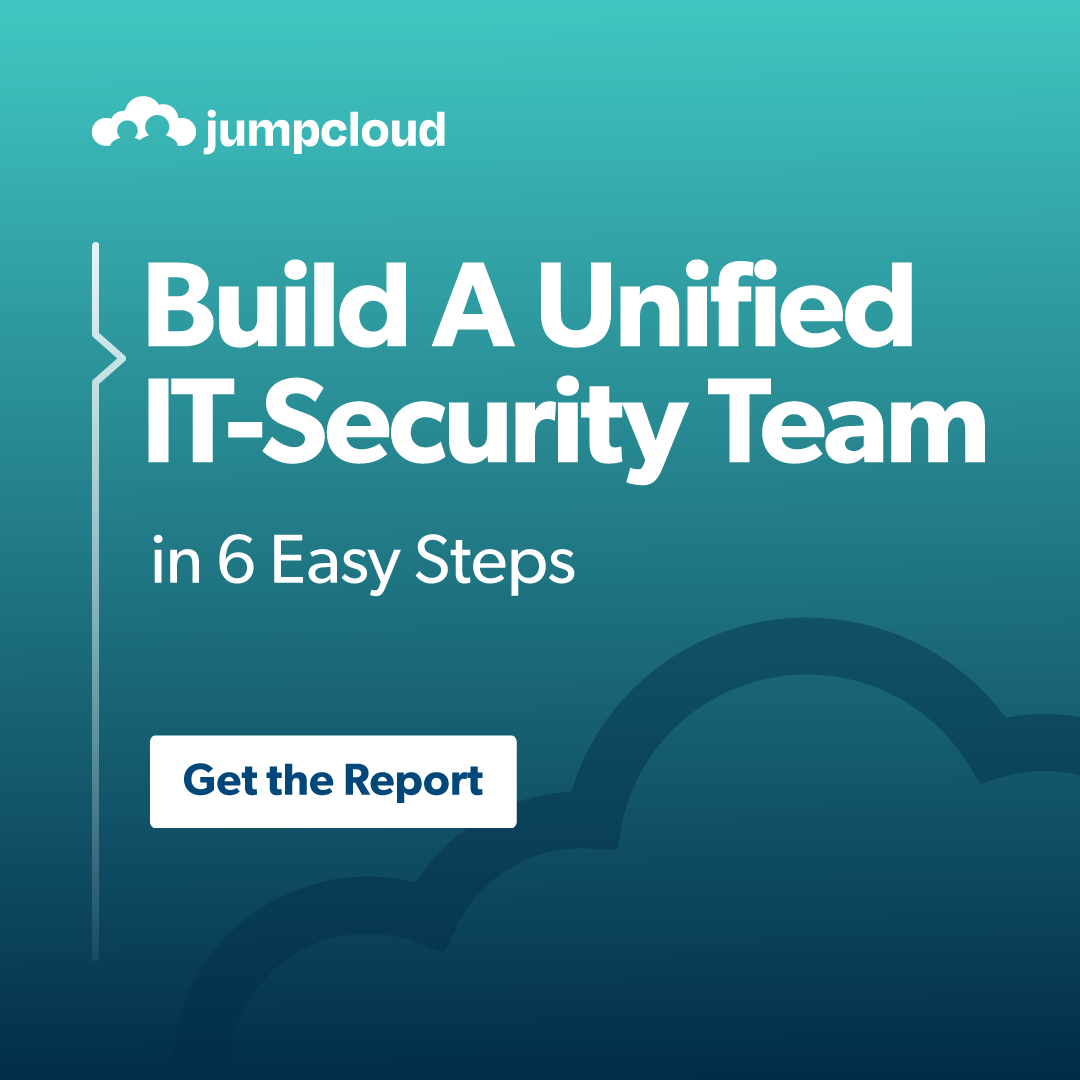Updated on June 30, 2025
With traditional security boundaries changing, identities, whether human, machine, or service accounts, are now major targets for attackers. That’s where identity threat detection and response (ITDR) comes in. ITDR is a modern cybersecurity approach that protects an organization’s identity systems, access controls, and user privileges from advanced threats.
This comprehensive guide will explore the core concepts, mechanisms, features, and use cases of ITDR, offering security professionals a clear understanding of its critical role in modern enterprise security.
Definition and Core Concepts
What Is ITDR?
Identity Threat Detection and Response (ITDR) is a cybersecurity approach that encompasses tools, processes, and best practices to detect, investigate, and mitigate identity-based threats. It provides identity-specific visibility and enforces real-time protections, ensuring adversaries cannot exploit compromised credentials, escalate privileges, or move laterally within networks.
Why Has Identity Become the New Perimeter?
The shift to remote work, cloud adoption, and digital transformation has diluted the traditional network perimeter. Today, identities serve as the backbone of access control for users, devices, and services. This makes them a high-value target for adversaries looking to bypass traditional defenses.
Threats Addressed by ITDR
ITDR is designed to combat the most common identity-based attack types, including:
- Account Takeovers: Attackers gain control over legitimate credentials to impersonate users.
- Privilege Escalation: Unauthorized elevation of access rights to sensitive systems or data.
- Lateral Movement: Compromised credentials are used to pivot deeper into the network.
- Credential Theft: Techniques like phishing, keylogging, and brute forcing to steal passwords.
- MFA Bypass: Attacks that bypass or exploit multi-factor authentication methods.
Core Principles of ITDR
- Threat Detection: Continuous monitoring of identity-related activities for suspicious patterns.
- Contextual Analysis: Understanding the context and severity of detected anomalies to identify real threats.
- Incident Response: Immediate actions to contain and mitigate threats, such as revoking compromised sessions or enforcing multi-factor authentication (MFA).
- Real-Time Visibility: Instantaneous insights into all identity-related events within the network.
- Behavioral Analytics: Leveraging machine learning to establish baselines for normal behavior and flagging deviations.
- Threat Intelligence: Integrating external information on known attack techniques to enrich detection capabilities.
How ITDR Works
Data Collection and Integration
ITDR platforms gather data from various identity sources, such as:
- Authentication sources like Active Directory.
- Identity and Access Management (IAM) logs.
- Privileged Access Management (PAM) solutions.
- Cloud identity providers.
This ensures comprehensive oversight of identity-related activities across hybrid environments.
Continuous Monitoring
ITDR continuously observes key identity events, including:
- User authentication attempts and access patterns.
- Privilege changes and usage.
- Configuration alterations within identity infrastructure.
Behavioral Analysis and Anomaly Detection
Machine learning algorithms analyze collected data to understand baseline identity behavior. Anomalies such as:
- Unusual login times or locations.
- Failed login surges.
- Dormant accounts becoming active.
are flagged as potential threats for deeper investigation.
Correlation with Threat Intelligence
By correlating activities with known Indicators of Compromise (IOCs) and Tactics, Techniques, and Procedures (TTPs), ITDR can detect and preemptively stop attacks aligned with known threat patterns.
Alerting and Prioritization
ITDR employs risk scoring to categorize threats, ensuring security teams focus on high-priority incidents. Alerts are often coupled with contextual information, enabling swift action.
Automated and Manual Response
ITDR supports both automated and manual responses:
- Automated Actions:
- Locking compromised accounts.
- Enforcing MFA challenges.
- Revoking active sessions.
- Manual Remediation:
- Detailed investigations.
- Forensic analysis to identify root causes.
Key Features of ITDR Solutions
End-to-End Visibility
Provides a centralized view of all identities, privileged accounts, and their activities.
Advanced Threat Detection
Leverages AI, behavioral analytics, and threat intelligence to identify sophisticated, identity-driven attacks.
Automated Response Capabilities
Includes features such as session termination, MFA enforcements, and access revocations to block threats in real time.
Identity Posture Management
Runs proactive scans for vulnerabilities, such as weak passwords, misconfigurations, and excessive privileges.
Attack Path Management
Maps out an attacker’s potential lateral movement pathways and disrupts them before they exploit privileged access.
Security Stack Integration
Seamlessly integrates with other enterprise security tools like Security Information and Event Management (SIEM) and Security Orchestration, Automation, and Response (SOAR).
Forensic Analysis and Reporting
Provides audit trails, root-cause analysis, and compliance reporting to improve the organization’s identity security posture.
Real-World Use Cases
Mitigating Cloud Credential Compromise
ITDR detects unusual behavior in cloud environments, like logins from suspicious IP addresses or unauthorized API calls.
Preventing Privilege Escalation
Flags unauthorized changes to roles and prevents attackers from escalating privileges.
Stopping Lateral Movement
Identifies signs of lateral movement, such as attempts to access accounts or resources unrelated to the user’s role.
Protecting Identity Infrastructure
Secures identity platforms, addressing misconfigurations and direct attacks.
Combating Credential Theft
Detects and stops phishing attacks, password spraying, and other credential theft techniques in real time.
Enhancing Zero Trust Initiatives
Supports risk-based access decisions and continuous identity verification as part of Zero Trust frameworks.
Supporting Regulatory Compliance
Generates detailed identity audit trails and enforces access controls to meet compliance requirements like GDPR and HIPAA.
JumpCloud centralizes identity and access management, device management, and directory services, making it an ideal solution for bolstering your organization’s defenses against identity-based threats. By leveraging JumpCloud’s capabilities, you can gain greater visibility, automate responses, and proactively manage identity postures to secure your enterprise. Explore how JumpCloud can transform your identity security strategy with an interactive demo today.





